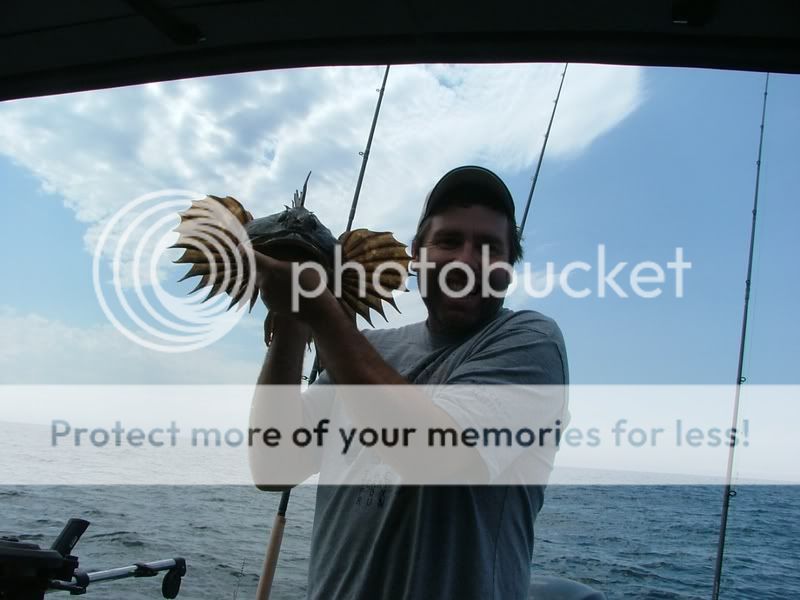I see this a very old posting - but just had to comment! The photo in the original post is absolutely not a brown Irish lord, nor is it a cabezon. It is a bigmouth sculpin, Hemitripterus bolini. It is actually not in the same family as Irish lords or cabezons (typical sculpins, family Cottidae). Bigmouth sculpins are in the Family Hemitripteridae, sometimes referred to a sea ravens or sailfin sculpins. One of the primary differences is that bigmouth sculpins lack regular scales and instead are covered in tiny pointed scales called prickles. Another characteristic of bigmouths not seen in typical sculpins is that the tips of the dorsal fin rays have thin, soft, finger-like extensions. Bigmouth sculpins are recorded to 73 cm in length and 8.8 kg.








